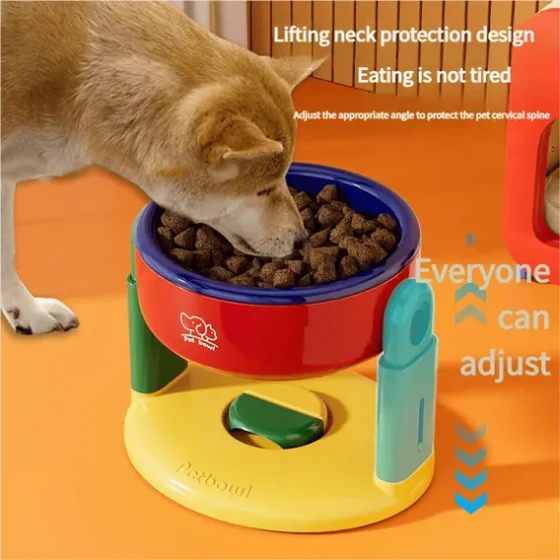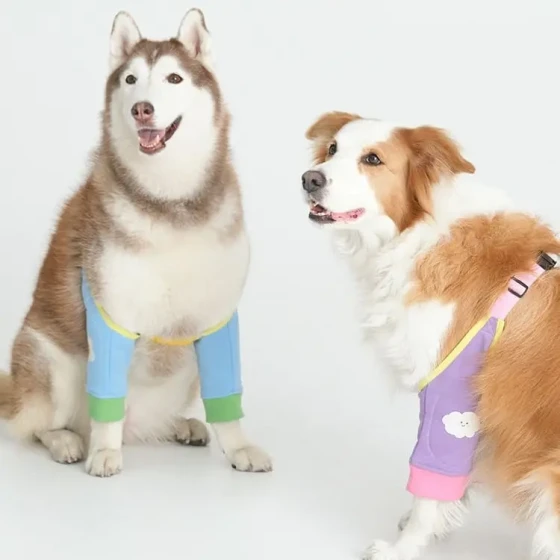Do Not Let Dogs Have Complete Freedom When Riding in a Vehicle

Dogs Must Have Safety Measures When Riding in Vehicles
As living conditions improve, we usually travel by car, and many dog owners also take their dogs out to play, with their own cars as the means of transport. However, most owners have the habit of not restraining their dogs, allowing them to move freely inside the car, but this practice often poses significant safety risks.
If a dog is naturally calm, letting it sit freely in the car generally doesn’t cause much problem. But if the dog is playful and lively, or very clingy, it may disturb us while driving, which is very unsafe. Furthermore, if the dog is suddenly startled, it may panic and jump around inside the car, potentially affecting the driver and leading to tragic consequences.
Recently, a dog in the UK went shopping with its owner by car. Startled suddenly, the dog jumped to the front seat and accidentally stepped on the accelerator, causing the car to start and crash through a fence into a swimming pool. The two people and dog all became "wet dogs." The black Labrador named Caroline was accompanying the Smith couple and was seated in the backseat. For unknown reasons, she was suddenly frightened and jumped to the front seat, mistakenly pressing the accelerator. Mrs. Smith, driving at the time, tried to pull the several-tens-of-kilograms dog away but failed. The car sped forward, broke through the fence, and plunged into the pool, with water flooding the car interior. Fortunately, the pool depth was shallow, and none of the humans or dog were injured.

Dogs Also Require Proper Training to Avoid Accidents
From this incident, we can clearly see that bringing dogs in vehicles involves safety risks, so safety measures must be in place. Seatbelts are designed according to human body shapes and thus are not fully suitable for dogs, but safety precautions are still necessary. Otherwise, if there is an emergency brake, the dog might become a projectile hitting the interior, which is very dangerous. For small dogs, we can use a pet carrier to keep them contained, effectively preventing them from moving freely. For larger dogs, it’s more complicated since many cars cannot accommodate a large cage. In that case, one person must drive while another sits in the back to calm the dog. If traveling alone with the dog, training is crucial so the dog won’t panic easily and will obey commands.
Besides cars, some owners use bicycles and electric scooters to transport their dogs, often without safety measures, which is even more dangerous than car travel. While such scenes on the road may appear novel and heartwarming, there are hidden dangers behind the warmth. If the dog is proficient at riding, there may be no issues, but if the dog is not used to it, there are many uncertain factors that could jeopardize safety.
Therefore, when taking dogs on vehicles, proper safety measures must be taken. Training should not be neglected so that dogs obey commands and remain calm. If the dog causes disturbances, accidents are very likely to happen.





